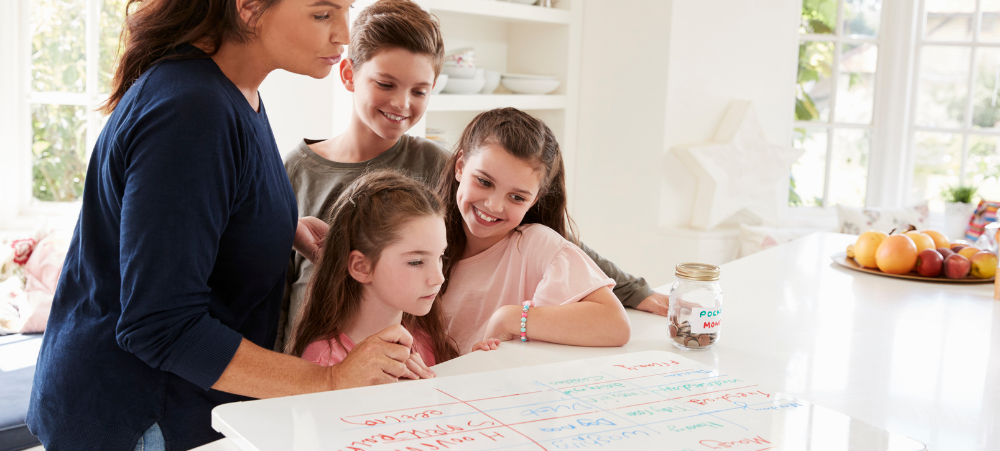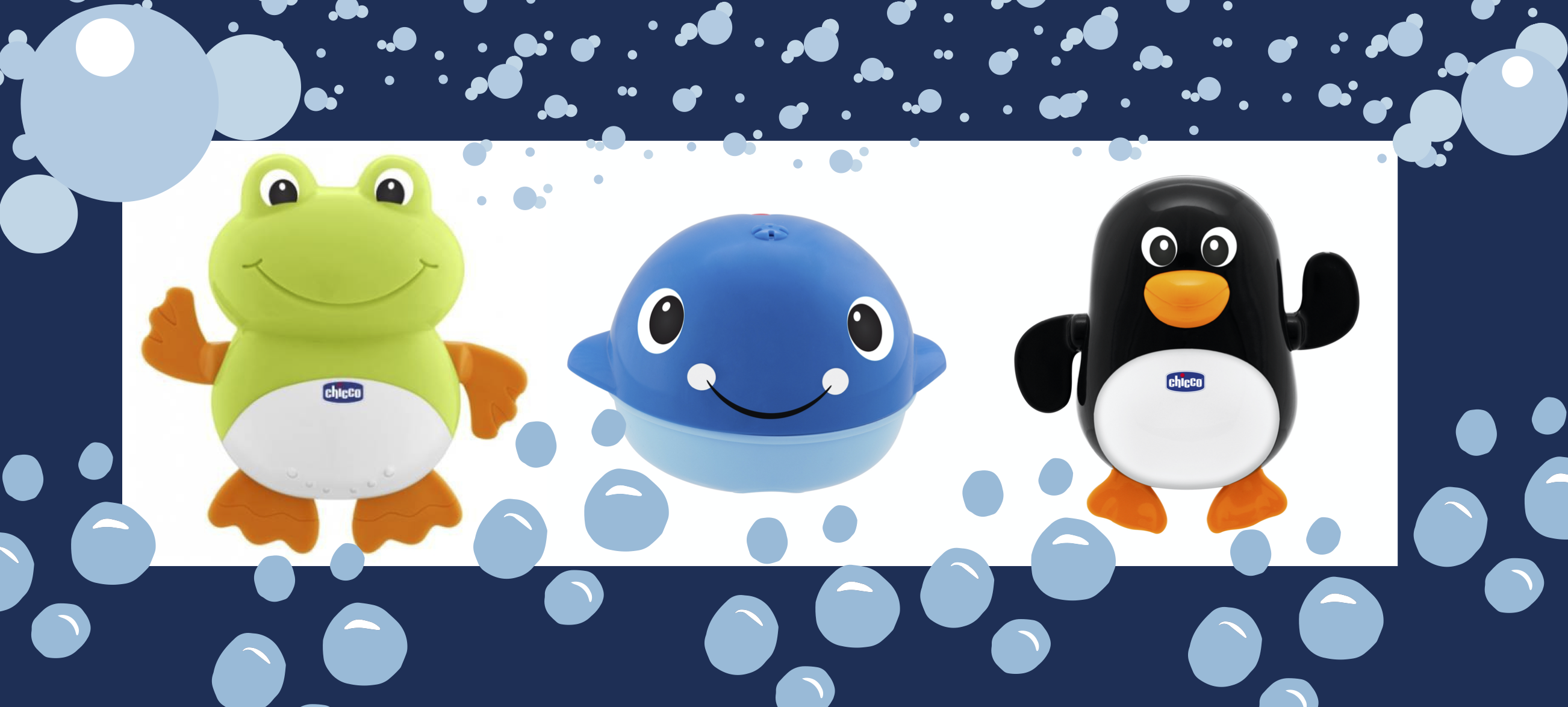
Asking for an increase: When and how to do it
The art of asking for an increase is a skill that every skilled employee has to develop during their career. Today, we’ll be taking a look at how to negotiate a pay raise, so you earn the salary you deserve! Tips for asking for an increase It’s all about the right timing Asking for more money can be awkward and disruptive at times. This means you need to focus on getting the timing right when it comes to asking for an increase. If you haven’t proved your worth yet, the timing isn’t right, and you’ll just annoy management and HR. Your annual performance review is the right time to do this. Management might actually already be reviewing your salary by this time. And if they’re not considering an increase, it’s a good time to bring up the subject. Compare apples with apples What are your skills worth to your company? Do some research into what individuals in similar roles are being paid because this is an important negotiation tool. You can also search Adzuna’s listings for jobs similar to yours and then hit the “See More Stats” button on the right-hand side of the screen. That gives you an idea of average salaries people are earning. Don’t bark up the wrong tree It’s essential to address the right person when asking for an increase. The receptionist might agree with your argument, but she can’t do anything to help get you that increase you deserve! Your manager also has a say in the matter, so the way your department is structured might influence the outcome. If you report to a manager, enquire with them before knocking on the HR department’s door. Don’t show up empty-handed When you ask for a salary increase, it’s important to have some backup with you. Your most impressive achievements and merits need to be on record, and those records can help make your case stronger. If you can prove that you’ve been going the extra mile, it’ll be evident that you’re a reliable asset to the company. Be flexible An increase isn’t something that you can demand, so you need to be prepared to negotiate. What are you willing to settle for? Is more cash in your account the most important thing? Are you ready to accept a few trade-offs like company benefits and work-life balance? Once the offer is on the table, take some time to consider it. Don’t sell out too early. Make sure you’re settling for a package that works for you. Asking for an increase in writing Sometimes, asking for a pay rise might be best done via email. At the very least, a friendly request in writing can help lay down the groundwork for an in-person meeting. If you are unsure about how to structure your email, just use the email sample below as a guide to get your foot in the door to hopefully getting the increase you deserve. Please remember to customise your email. DO NOT copy and paste the template as is. Your letter needs to reflect your position, and depending on how formal or casual your relationship with your manager is, you can also change the tone of the message. Email Template Asking for an Increase Subject: Request for salary appraisal The subject isn’t as important as the content of the email, but you need to sum up the contents of your email in the subject line. Keep it short and straightforward. Good day (manager name), I have enjoyed working here over the past ____ years. Although I have learned a tremendous amount from my time with the organisation, I also feel that I have become part of the team’s and company’s ongoing success story. Over the past year, I have (write about your achievements here) and have taken on responsibilities including (focus on the new responsibilities you’ve been tasked with here and how they’re helping the company). As you know, my salary has remained the same since I was hired in ____ (add your date of initial employment here or change it to your last pay increase). I believe that my increasing contributions to the company, along with my qualifications, justify a salary increase. I would love the opportunity to meet with you to discuss a possible pay rise that would bring my current salary into line with the industry average and kindly ask that we meet at a time most convenient for you. Once again, I would like to express my thanks for the support I have received from you and look forward to contributing and continuing to serve the department and the company as a whole. Kind regards, Your Name Here Final thoughts Asking for an increase isn’t the easiest of tasks, but it’s something we all do during the course of our careers. Whether you get what you were looking for or not, it’s essential to always keep things professional and not push your limits. If your employer can’t meet you somewhere in the middle, perhaps it’s time to look elsewhere or wait it out another year. The choice is yours!


































